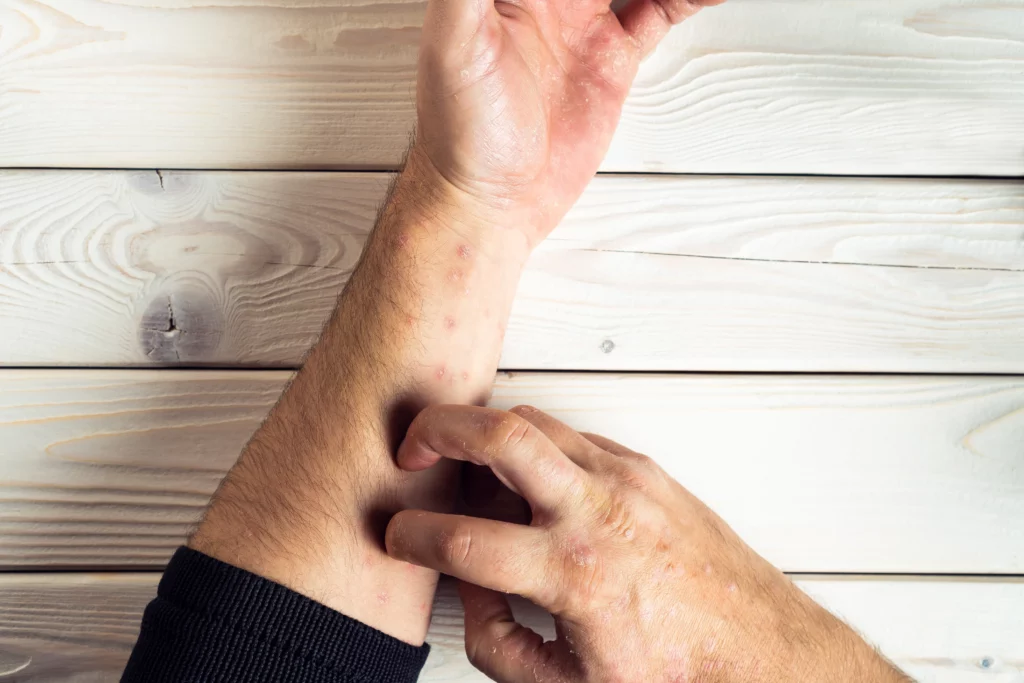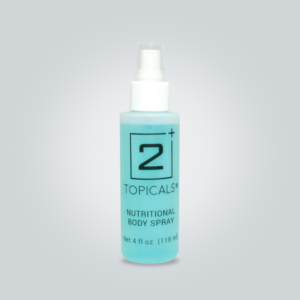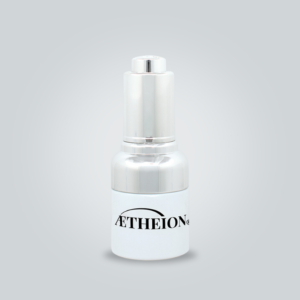No products in the cart.
Alergia al sol: 5 síntomas peligrosos que no debes pasar por alto
Various reactions to sunlight exposure can cause Sun allergy (photosensitivity or photodermatitis). There are four main types: polymorphic light eruption (PMLE), solar urticaria, photoallergic reaction, and actinic prurigo.
Índice
What are the different kinds of sun allergies?
The classification is the following:
- Actinic prurigo (hereditary PMLE) is a rash affecting the exposed skin and, in some cases, even areas unexposed. Signs often begin as early as childhood or adolescence. There?s a genetic link commonly found in the American Indian populations of North, South, and Central America. Other related terms include hydroa aestivale and Hutchinson?s summer prurigo.
- Photoallergic reaction: The effect of sunlight on a chemical applied to the skin triggers this allergy rash. These include sunscreen, fragrances, cosmetics, antibiotic ointments, and prescription medicine.
The most common prescription medications that can cause photoallergic reactions are:
- Antibiotics (tetracyclines, fluoroquinolones, and sulfonamides).
- NSAID pain relievers ibuprofen.
- Naproxen sodium.
- Diuretics for high blood pressure and heart failure.
- Polymorphous light eruption (PMLE): This allergy is more common in women and people assigned female at birth, light-skin people, teenagers, and young adults. It affects the sun-exposed areas, especially the v-area of the chest, arms, legs, and upper back - rarely the face.
- Solar urticaria: Sunlight activates the release of antigen-antibody reaction. Hives appear on uncovered skin within minutes of exposure.
Photosensitivity Risk Factors
It's important to note that these risks can vary depending on the individual and their specific circumstances.
PLE: Exposure to intense or prolonged sunlight can result in itchy, red, and inflamed skin rashes.
Actinic Prurigo (AP): People with a genetic predisposition are at a higher risk of developing actinic prurigo.
Photoallergic Eruption: These allergic reactions can range from mild rashes to severe blistering, and they may take hours or even days to appear after sun exposure.
Solar urticaria: Exposure to sunlight can cause hives, itching, swelling, and even systemic symptoms such as difficulty breathing or low blood pressure in severe cases.
If you suspect you have a sun allergy, it is advisable to consult a healthcare professional for an accurate diagnosis and appropriate management strategies.
What causes sun allergy?

Photosensitivity (photodermatitis or sun allergy) can manifest in skin rashes, itching, redness, and swelling.
An immune system response to UV exposure or certain substances (medications, chemicals, etc.) can make the skin more sensitive to sunlight and trigger sun allergy rashes.
Several risk factors can increase your chances of developing a sun allergy.
These include:
- Having fair skin.
- Having a family history of allergies.
- Living in a sunny climate
- Female assigned at birth.
- Drug ingredients that trigger sun allergy response.
Photodermatitis Symptoms and Diagnosis
An abnormal skin reaction to sunlight or other ultraviolet (UV) light sources provokes photodermatitis. The symptoms can vary depending on the individual and the specific type of photosensitivity.
The most common symptoms are:
- Rash: A red, itchy rash localized to sun-exposed areas or spread across larger body areas.
- Blisters or Hives: Photodermatitis can sometimes lead to blisters or hives on the affected skin.
- Swelling: Swelling or edema may occur in the exposed areas, causing discomfort.
- Itching and Burning Sensation: Sun allergies can cause intense itching or a burning sensation on the affected skin.
- Peeling or Scaling: The affected skin may peel or become dry and scaly after the initial rash.
- Pain or Tenderness: The skin may be sensitive to touch and painful in some cases.
In severe cases or certain types of photodermatitis, individuals may experience systemic symptoms such as headache, nausea, dizziness, fatigue, or fever.
The diagnosis:
Sun allergies can be challenging to diagnose because they can often be confused with other conditions, such as eczema or hives.
- Medical history
- Physical examination
- Additional tests.
A healthcare professional will typically ask about your symptoms, sun exposure patterns, and medications or substances you have been using.
A photo test may help, where small areas of the skin are exposed to controlled amounts of UV light to observe the reaction.
A skin biopsy or patch testing may determine the specific cause of photodermatitis or rule out other underlying conditions.
Restore Your Skin From Exessive Sun Exposure! Refresh your skin with ZC5 After Sun.
Treatment

Several treatment options exist for managing photoallergies:
- Over-the-counter Remedies: Antihistamines and corticosteroid creams can help manage mild symptoms.
- Medical Interventions: Your doctor may prescribe more potent topical steroids or systemic corticosteroids for severe cases. Phototherapy, controlled exposure to certain types of light, can also be beneficial.
- Cool Compresses: Applying cool compresses to the affected area can help soothe the skin and reduce swelling.
Remember, each treatment option has potential side effects and contraindications, so always consult a healthcare provider before starting a new treatment regimen.
Prevention
Understanding your triggers and taking preventive measures are vital to managing photoallergies.
- Avoid direct sunlight during peak hours (10 a.m. to 4 p.m.).
- Use a broad-spectrum sunscreen with an SPF of 30 or higher.
- Wear sun-protective clothing, hats, and sunglasses.
- Be aware of any substances that may trigger your allergy, and avoid them when possible.
Conclusion of Sun allergy (photosensitivity or photodermatitis)
Prolonged and unprotected exposure to the sun can have severe consequences. Protecting your skin health is vital to avoid dangerous effects like sunburn.
Discover and experience the . AETHEION® offers to vitalize and nourish your skin.
Remember to take care of your skin every day! Stay hydrated and sport protective clothing while using sunscreen to shield yourself from environmental aggressors further.
Address any other factor that can impact a sun allergy reaction.

Copyright © 2024 All Rights Reserved, AETHEION® cosmetics store is property of ChemCream S.A.P.I. de C.V.




